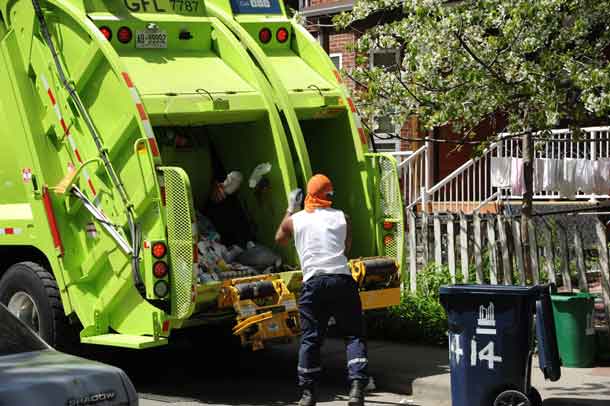Biomedical waste can be categorized into four: general, infectious, hazardous, and radioactive. Apparently, these four expose the public to danger when improperly disposed of. There are various methods to exercise in biomedical waste management, such as land disposal, microwave irradiation, and incineration.
Unused medications fall under hazardous waste. For that reason, medicines should be discarded, taking public health and safety into consideration. There are a couple of options you can choose from. You can get it securely thrown in your household trash bin or get it returned to your community pharmacy. The endpoint of these medications should be incineration treatment.
Why Avail Medication Return Programs?
Health products can be purchased through your physician’s prescription or over-the-counter. Many pharmacies are offering medication return programs for their customers. Unwanted or expired drugs should be returned to authorized drugstores or through mail-back programs.
In returning them, you should sort out liquids, gel, and creams from solid medications. Aside from this, the standard disposal procedure requires you to scratch out any personal identification. The law calls on all pharmacies to accept returned medications through the “drug take-back program.” Prescription drugs, natural health products, and over-the-counter drugs are included in this program.
Expired, unused, or unwanted medications should never be restored on drug shelves. The potency of medicine drops when it has exceeded its expiry date. At the same time, it could result in health conditions due to its chemical contents’ reformations.
The Incineration Process
It is the process where the medicine’s organic and combustible compounds get converted into inorganic and non-combustible matter. Expectedly, the medicine’s combustible property will be expelled as nitrogen oxide, carbon dioxide, and steam.
This method helps reduce waste volume and decrease the rate of drug pollution across the globe. Hospitals should be operational in every city, and we are all entitled to access to healthcare services, including the availability of medicines.
We can never regulate the extent of unused and expired drugs. Taking them back to our community pharmacy and getting it incinerated is the best option available. Check out the inventory of positive facts on the medication incineration process below.
1. Best Environmental Option
Discarded drugs, either confiscated or collected through medication return programs, undergo heat treatment in drug waste incinerators. This technology on biomedical wastes intends to cost the environment less by toning down the rate of drug pollution.
Drug pollution, also called pharmaceutical pollution, is a form of water pollution. Unused or expired medicines are subject to incineration because it is the best environmental option alternative to landfills.
The leachate from landfills would go to waterways, which will eventually ensue in surface waters such as rivers, lakes, and streams. These are the primary sources of water we consume every day. Incineration indeed lowers the risk of environmental degradation in general.
2. Terminates Hazardous Substances and Microorganisms
The encapsulation method is a phase of incineration where hazardous prescription drugs are confined in a secured container. It is always true that microbial contamination is possible for expired drugs.
Medicines could look nice and acceptable, but the expiry date is the invalidator of the drug’s potential to cure diseases.
For the unused medicines, especially those prescribed by medical experts, incineration rubs out any chance of drug recycling. Taking medicine without advice from a physician could result in chronic illnesses. The sharing of prescription medicine is illegal as per federal and state laws.
3. Can Function Rain or Shine
Incineration ignites the medicines without any leaks. Incinerating machines could operate 24 hours for the entire week, and the weather isn’t a factor at all. The wastes are all treated without a break making this option the most efficient method of waste disposal.
4. Reduced Waste Volume
Pharmaceutical pollution revolves mostly around drugs. Drugs submitted for disposal should be incinerated to reduce the general waste volume we have on record. Aside from being harmful to human health, these drugs contribute to the environmental issues that the world faces today.
Incineration would break down 97% of the total waste treated. It means that the waste volume would exponentially shrink if incineration is encouraged across healthcare institutions.
On the opposite side, landfills only cater to decomposing organic compounds. We can’t also sacrifice our water sources for this conventional method of drug disposal. Besides, it would take 10-30 weeks for any organic substance to get decomposed through landfills, less efficient compared to incineration.
5. Waste-to-Energy
The best thing you can get from waste is energy. Incineration plants would turn waste into something beneficial to the world. Incinerators could keep homes warm in the middle of the winter season.
The excess heat produced by the incineration facilities could be converted into a district heating system which will distribute the energy to heaters in residential homes.
Takeaway
Landfills emit hazardous organic compounds and pollutants in the air promoting global warming. Incineration discharges a lesser possibility of these environmental threats. Treating medication wastes through incineration is a practical option we can apply to reclaim a healthy planet as we forge ahead with industrialization.







